Nội Dung Chính
- 1 SPEAKING Work in pairs. Find out a) when and where your partner usually does his / her homework and b) what type of homework he / she likes most and least.
- 2
 Read and listen to the dialogue. Why is Sue annoyed with Dan at the end?
Read and listen to the dialogue. Why is Sue annoyed with Dan at the end? - 3 Why is present simple or present continuous used in each of the highlighted examples from the dialogue?
- 4 Read the Learn this! box. Complete the rules (a-g) with the correct tenses: present simple or present continuous.
- 5 Read the Learn this! box. Find five stative verbs in the dialogue in exercise 2. How do you know they are stative verbs?
- 6 Complete the sentences with the present simple or present continuous form of the verbs in brackets.
- 7 SPEAKING Work in pairs. Find out what your partner a) usually does at weekends and b) is doing this weekend. Use the words below or your own activities.
(Page 9)
I can use different tenses to talk about the present and future.
1 SPEAKING Work in pairs. Find out a) when and where your partner usually does his / her homework and b) what type of homework he / she likes most and least.
2  Read and listen to the dialogue. Why is Sue annoyed with Dan at the end?
Read and listen to the dialogue. Why is Sue annoyed with Dan at the end?

Sue You aren't wearing your sports kit. P.E. starts in ten minutes. You seem very busy these days.
Dan I haven't got my sports kit today.
Sue You're always forgetting things!
Dan Well, I don't like P.E., so I'm not feeling too sad about it.
Sue Sport is important. It makes you fit. What are you doing instead?
Dan Mr Harley is giving me some extra maths homework to do in the library.
Sue Mr Harley always gives us really difficult homework.
Dan I don't mind. I need to do some extra work. We have exams next week.
Sue I know. That's why we're revising together on Saturday We arranged it last week.
Dan I don't remember that! Sorry! I'm going away on Saturday.
Sue Like I said... you're always forgetting things!
Dan Let's revise when I get back on Sunday afternoon.
Sue Sorry. I'm visiting my grandparents then.
3 Why is present simple or present continuous used in each of the highlighted examples from the dialogue?
4 Read the Learn this! box. Complete the rules (a-g) with the correct tenses: present simple or present continuous.
LEARN THIS! Present simple and continuous
We use:
a the for habits and routines.
b the about now. for something happening now or
c the. for describing annoying behaviour
(with always)
d the for a permanent situation or fact.
e the for timetables and schedules.
f the for future arrangements.
g the in future time clauses (starting with when, as soon as, after, if, etc.).
LEARN THIS! Dynamic, stative and linking verbs in the continuous form
a Dynamic verbs describe actions and can be used in the simple or continuous form.
b Stative verbs describe states or situations and are not usually used in continuous tenses. Common stative verbs include:
believe belong hate know like love mean mind
need prefer remember understand want
c Linking verbs serve as a connection between a subject and further information about that subject. We normally use the present simple (not continuous) with linking verbs. Some linking verbs are:
be become seem appear sound smell look feel taste
d However, some stative verbs and linking verbs can sometimes be used in the continuous form to describe a temporary situation.
She is thinking of giving up her job. (= She is considering it.)
You're looking well today. (or You look well today.)
How are you feeling now? (or How do you feel now?)
He's being so selfish. (= He's behaving selfishly now.)
5 Read the Learn this! box. Find five stative verbs in the dialogue in exercise 2. How do you know they are stative verbs?
→ Grammar Builder 1.2 page 113
6 Complete the sentences with the present simple or present continuous form of the verbs in brackets.
1 I _____________________ (meet) Jack in town later.
_____________________ (you/want) to come?
2 We usually_____________________(walk) to school, but tomorrow we _____________________(go) by bus.
3 My friends_____________________ (not want) to play tennis because it _____________________(rain).
4 _____________________ (you/enjoy) this film? Or _____________________(you/prefer) comedies?
5 I_____________________ (not believe) Ben's story.
He_____________________(always/invent) things.
7 SPEAKING Work in pairs. Find out what your partner a) usually does at weekends and b) is doing this weekend. Use the words below or your own activities.
| Social activities | go for a bike ride | go for a walk |
| go out for lunch | go shopping | listen to music |
| meet friends in town | play basketball | play table tennis |

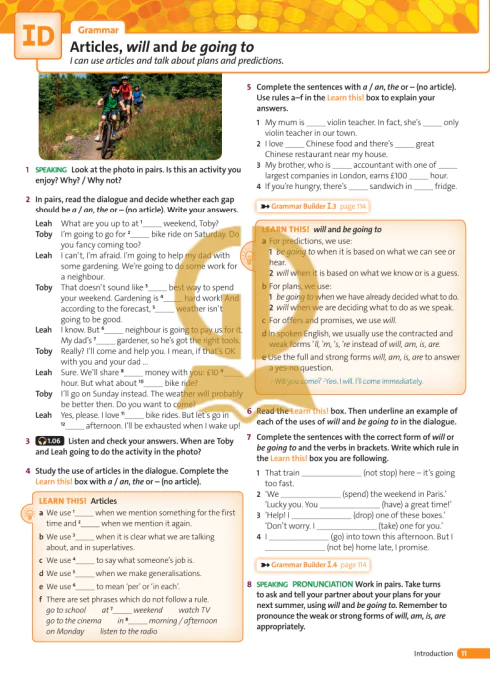
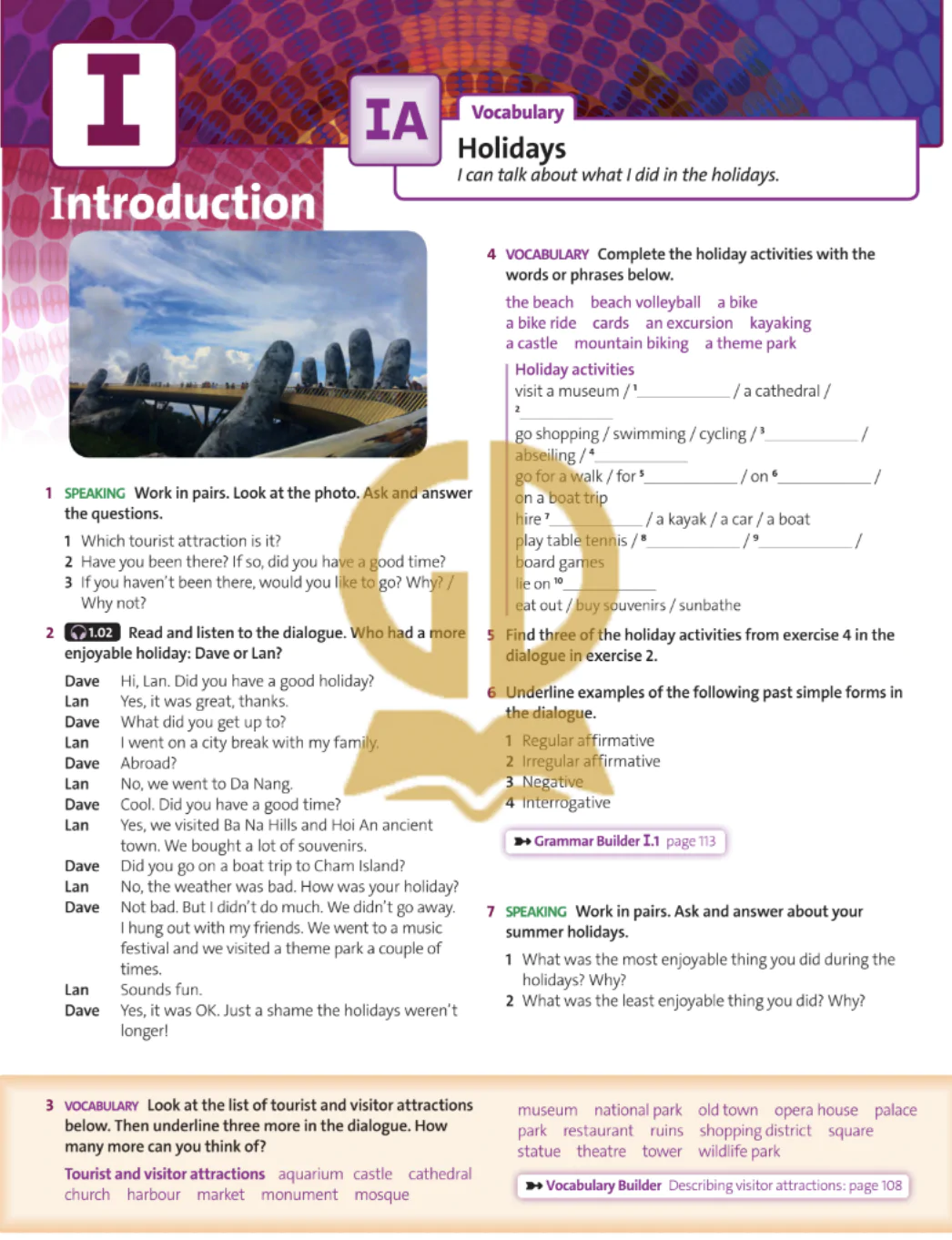
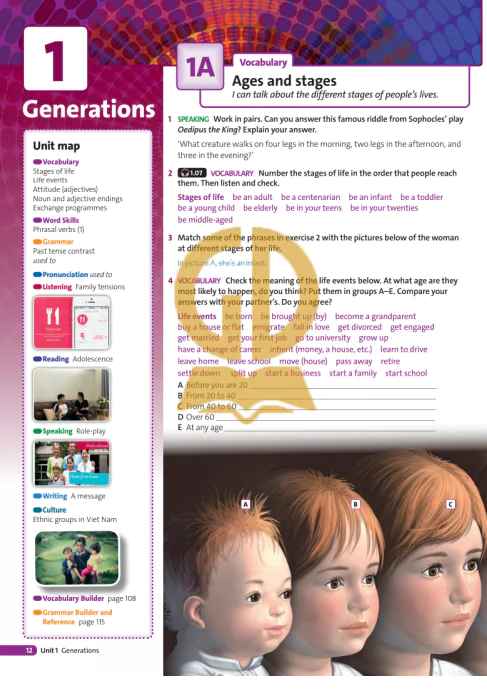
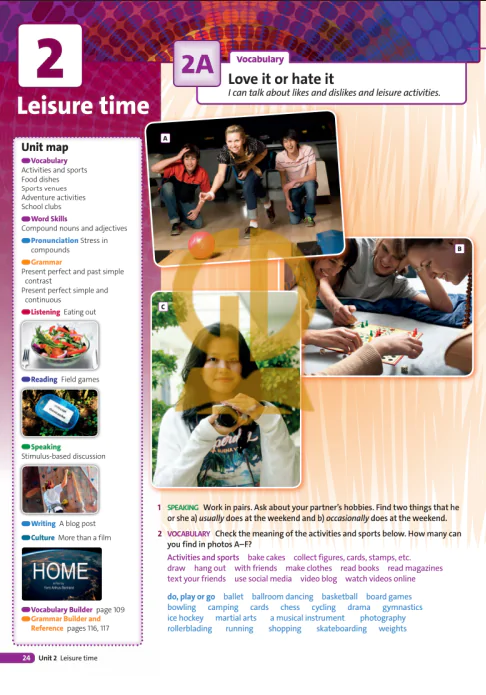
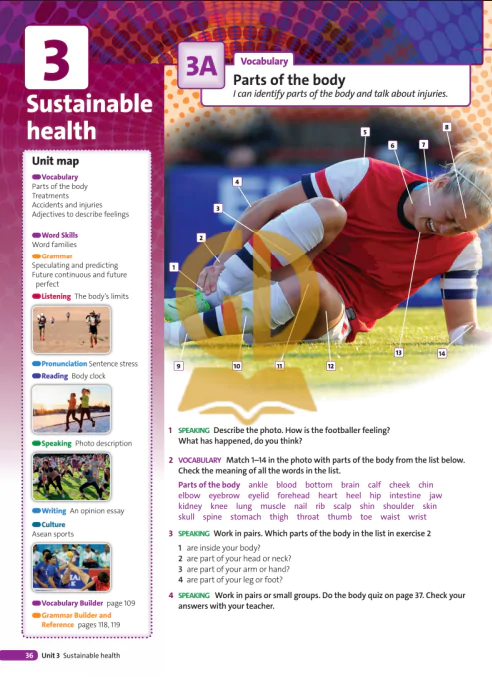
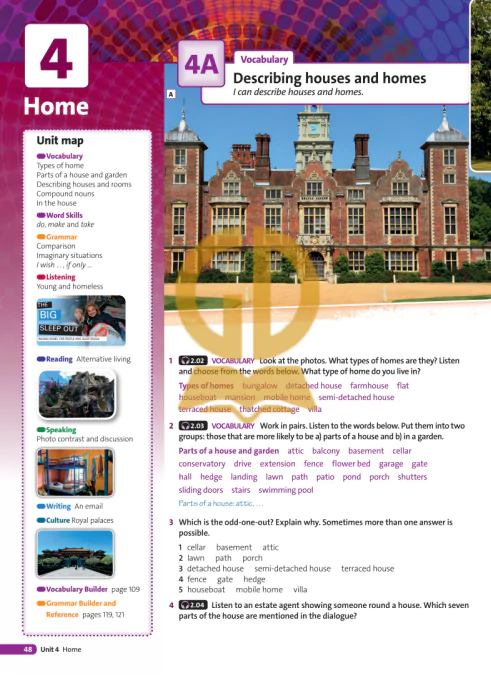
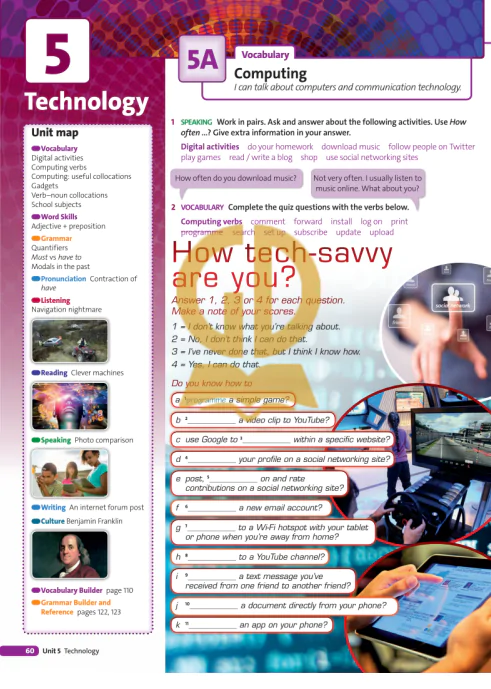


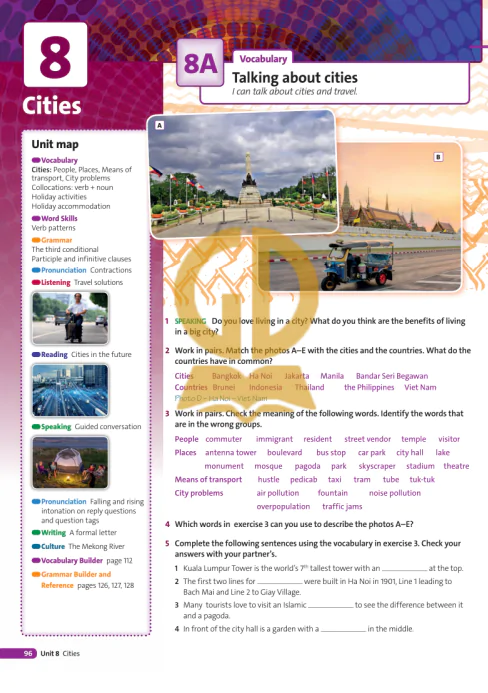

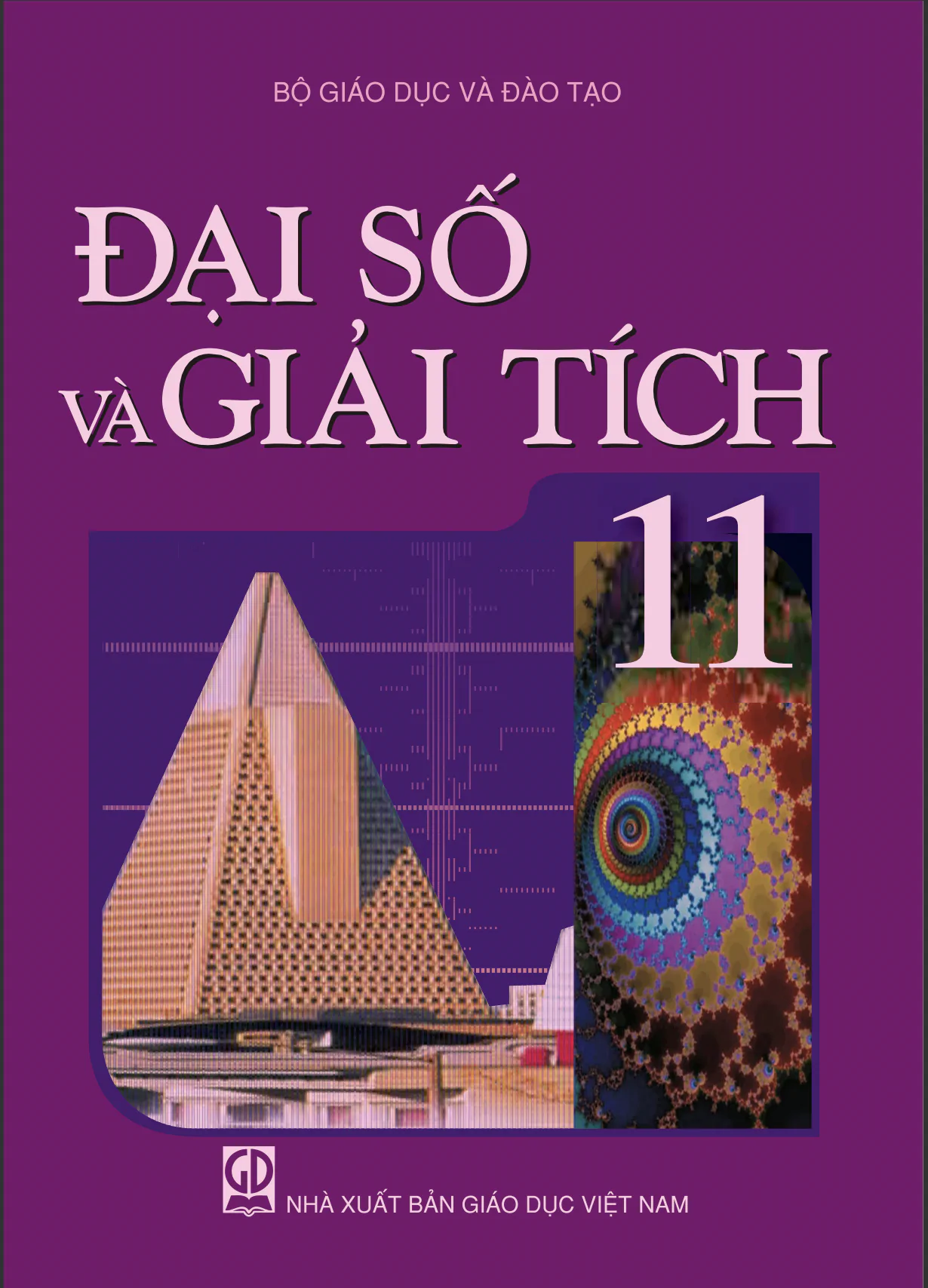

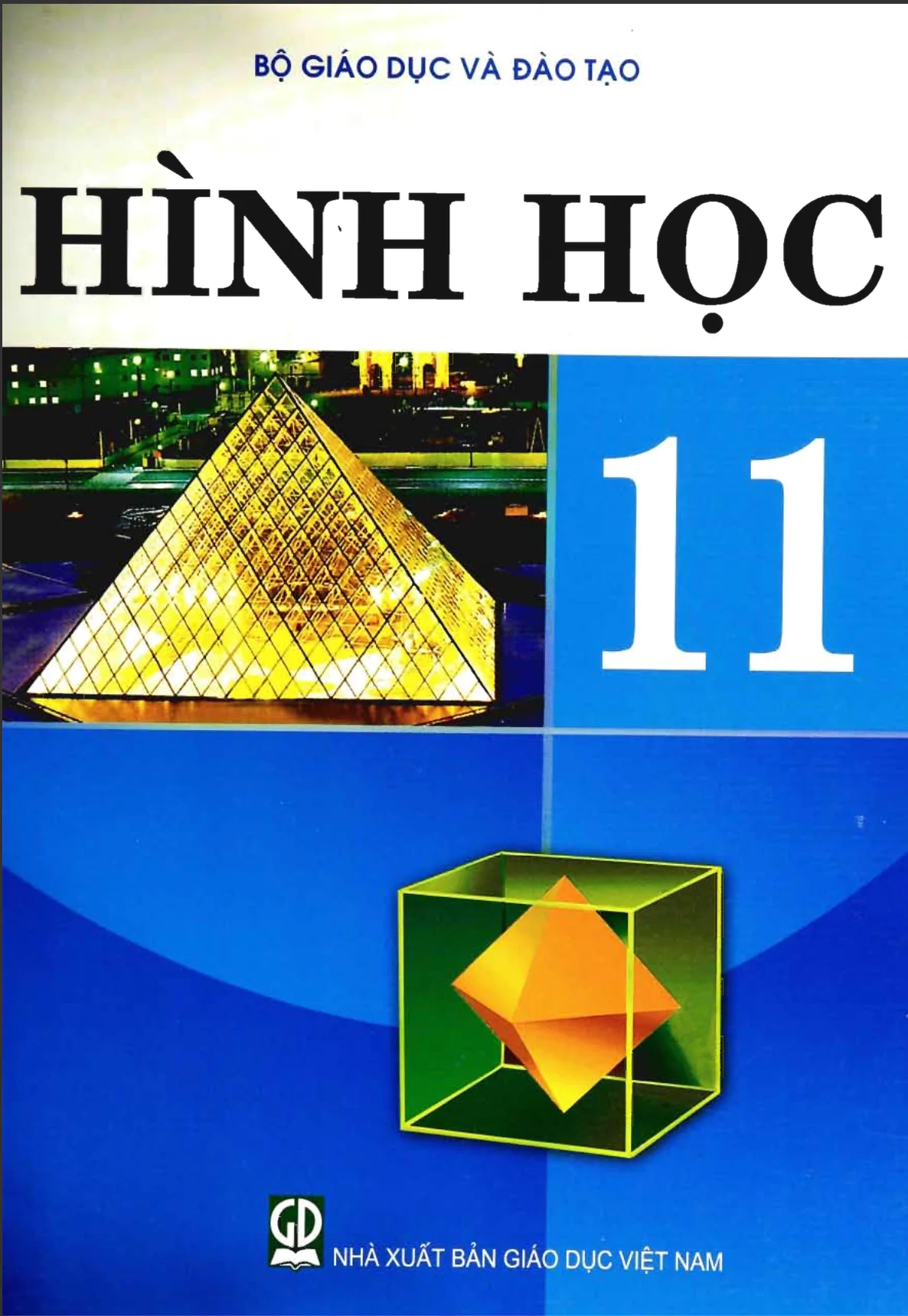
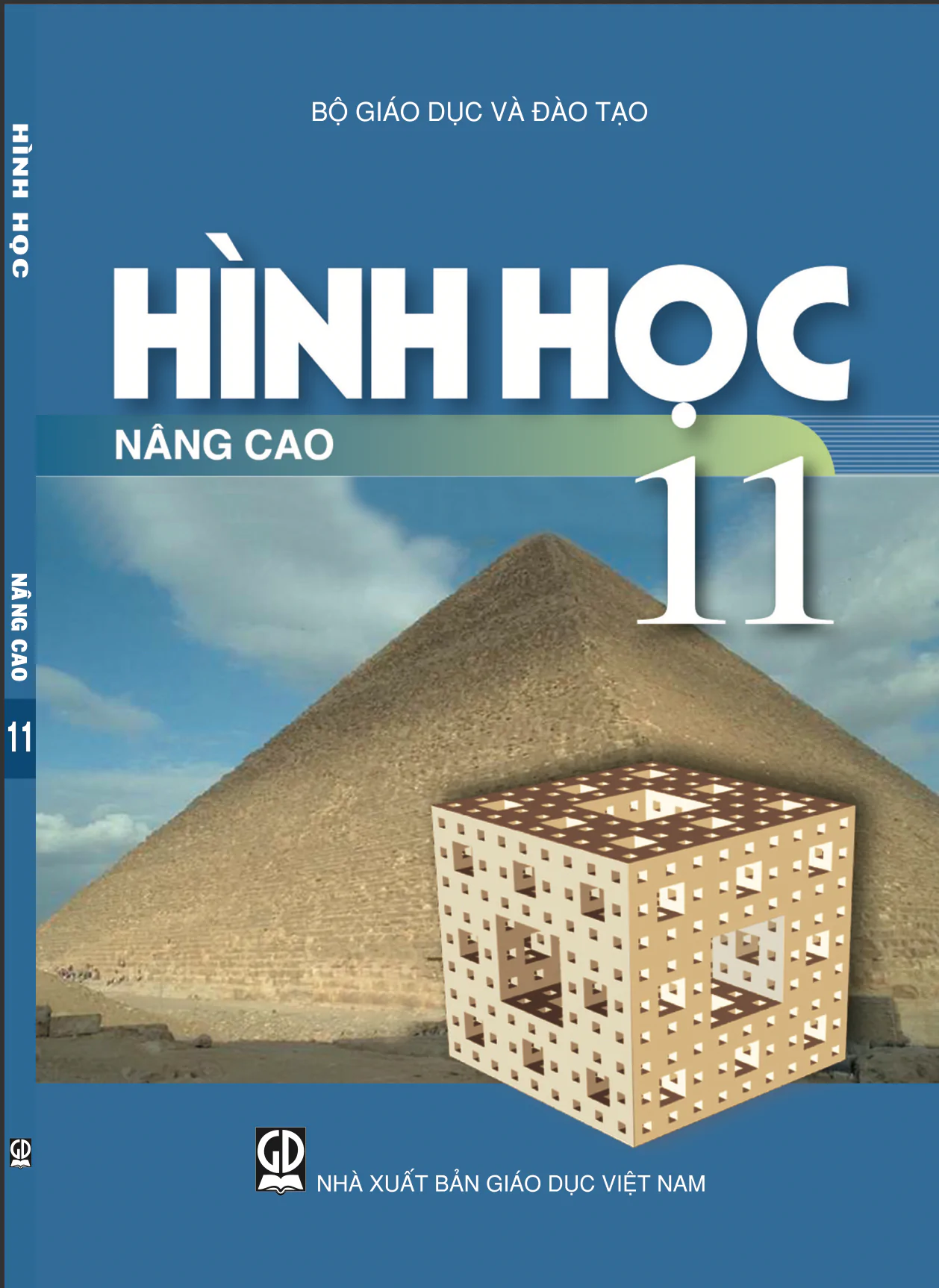
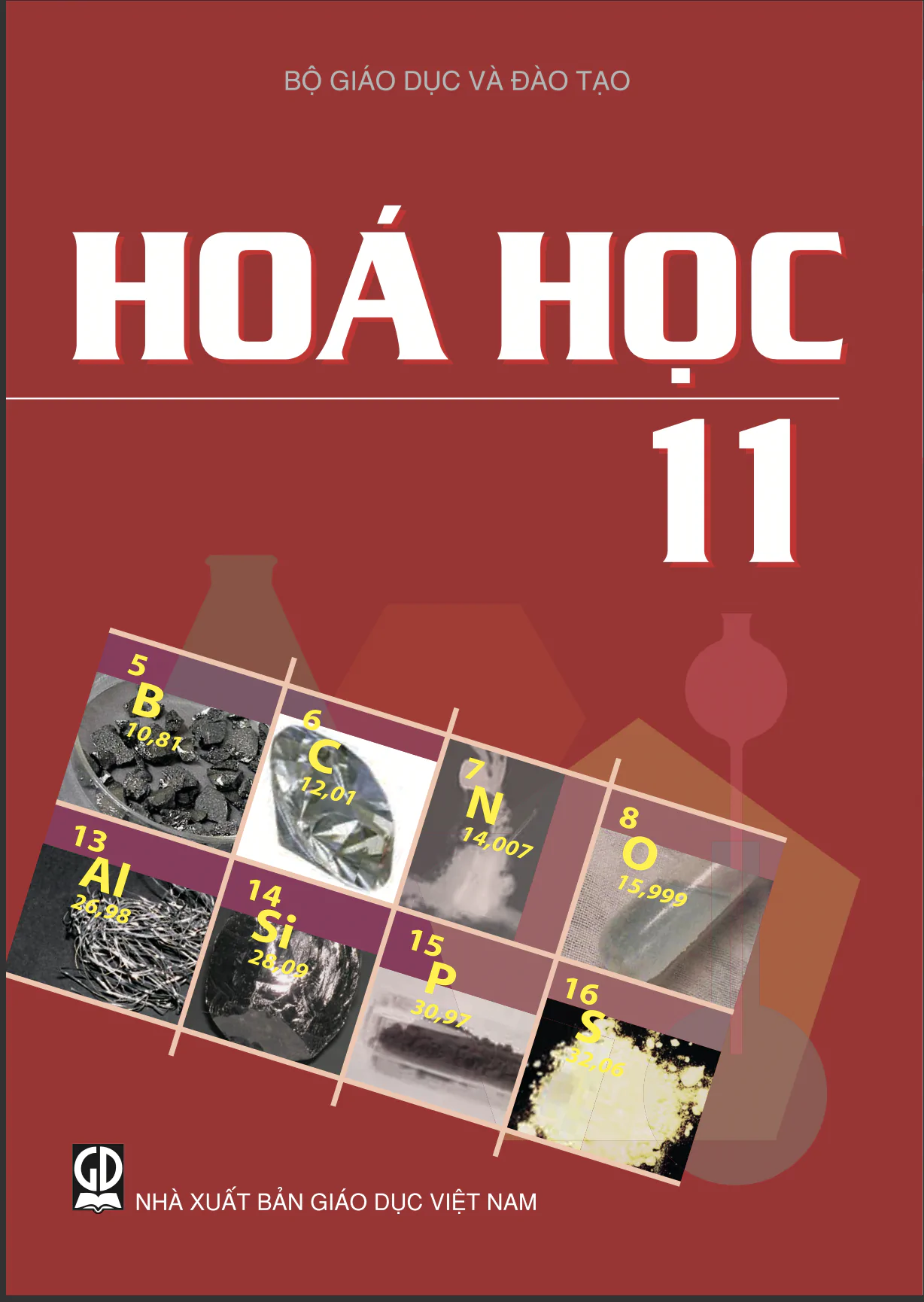

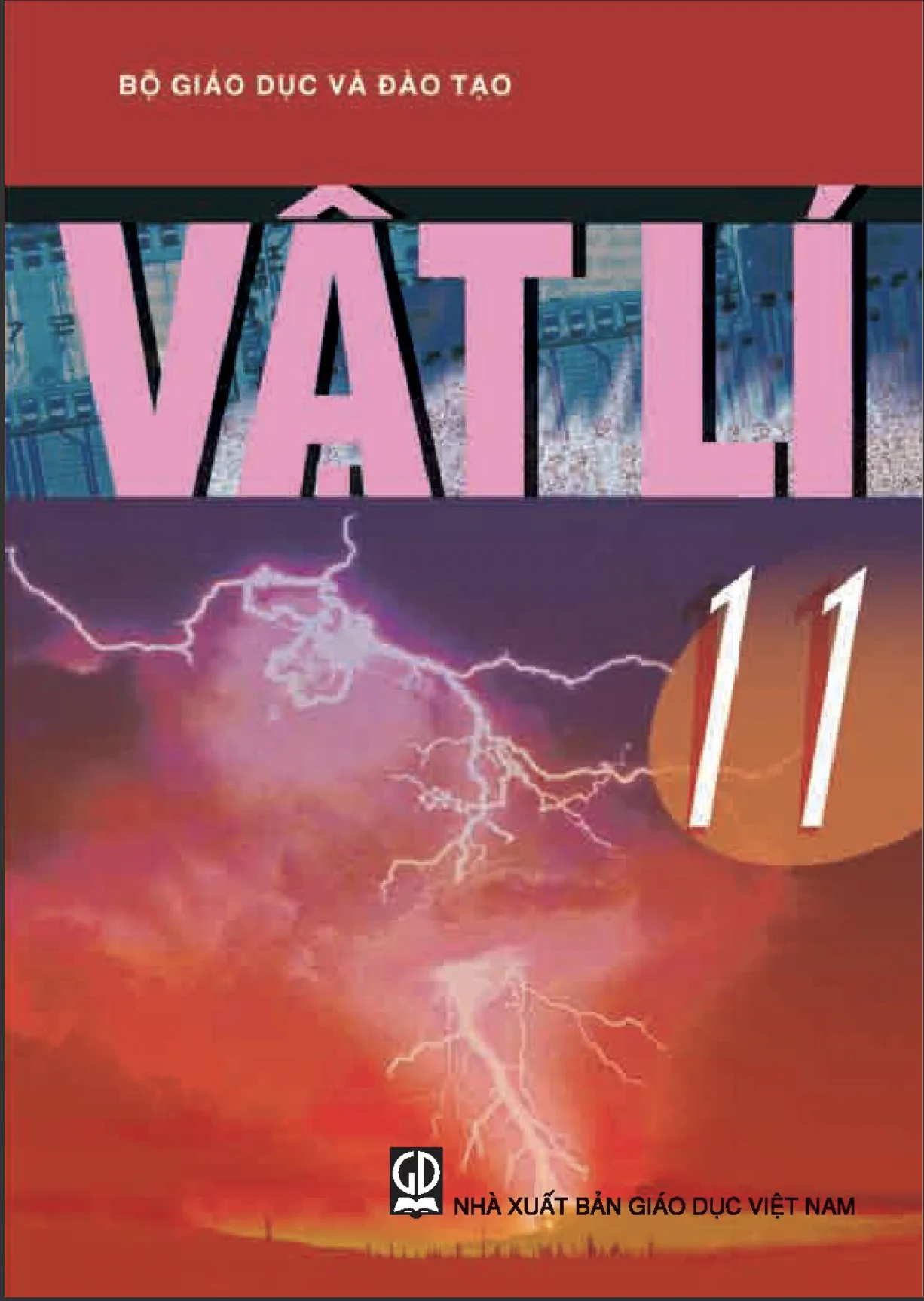
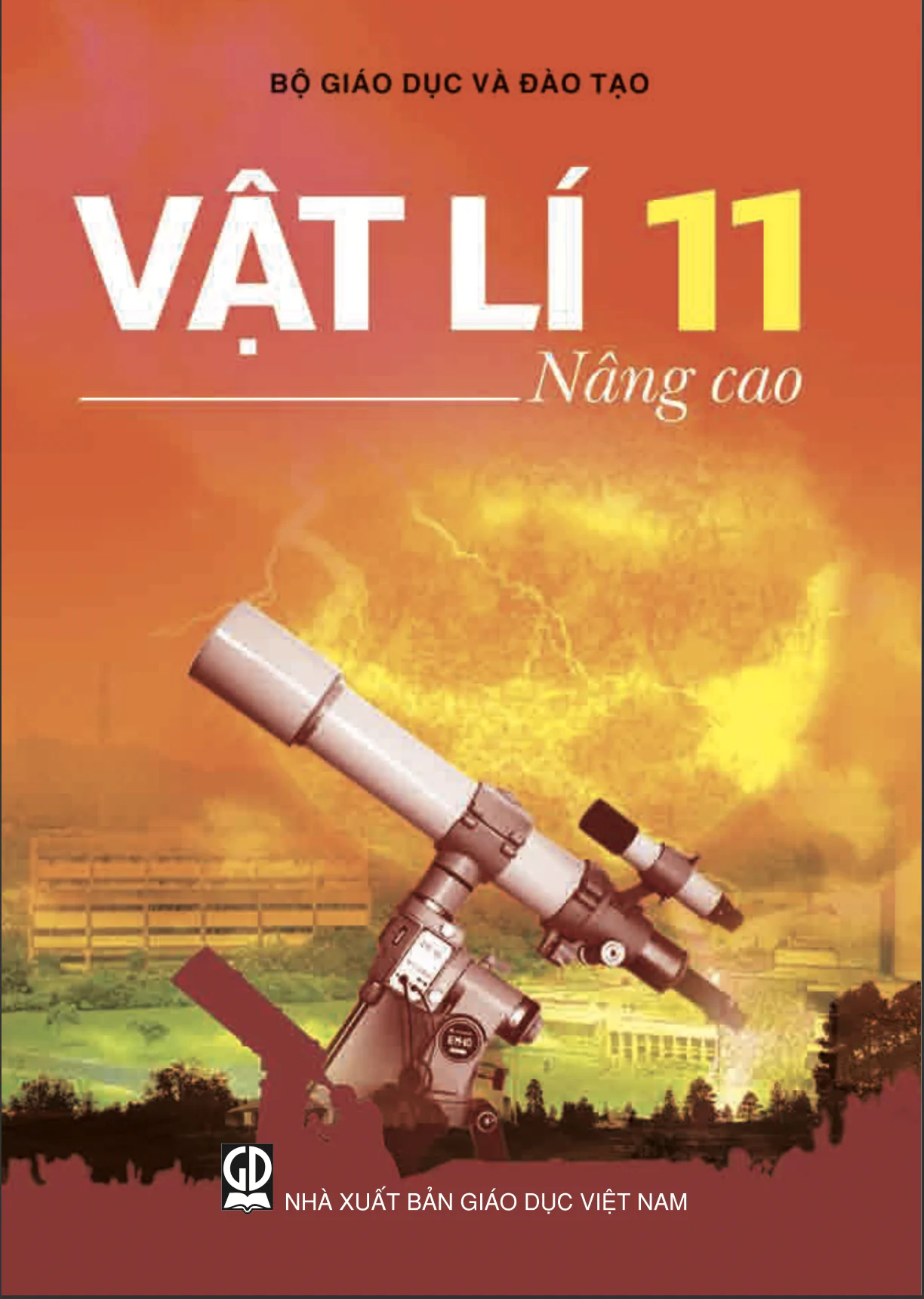
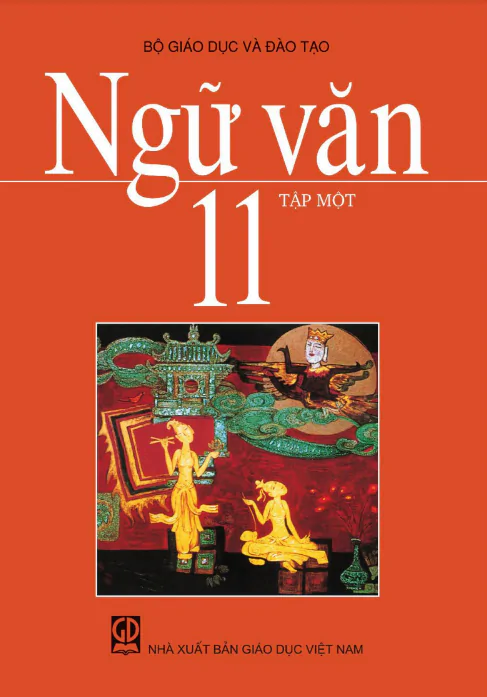


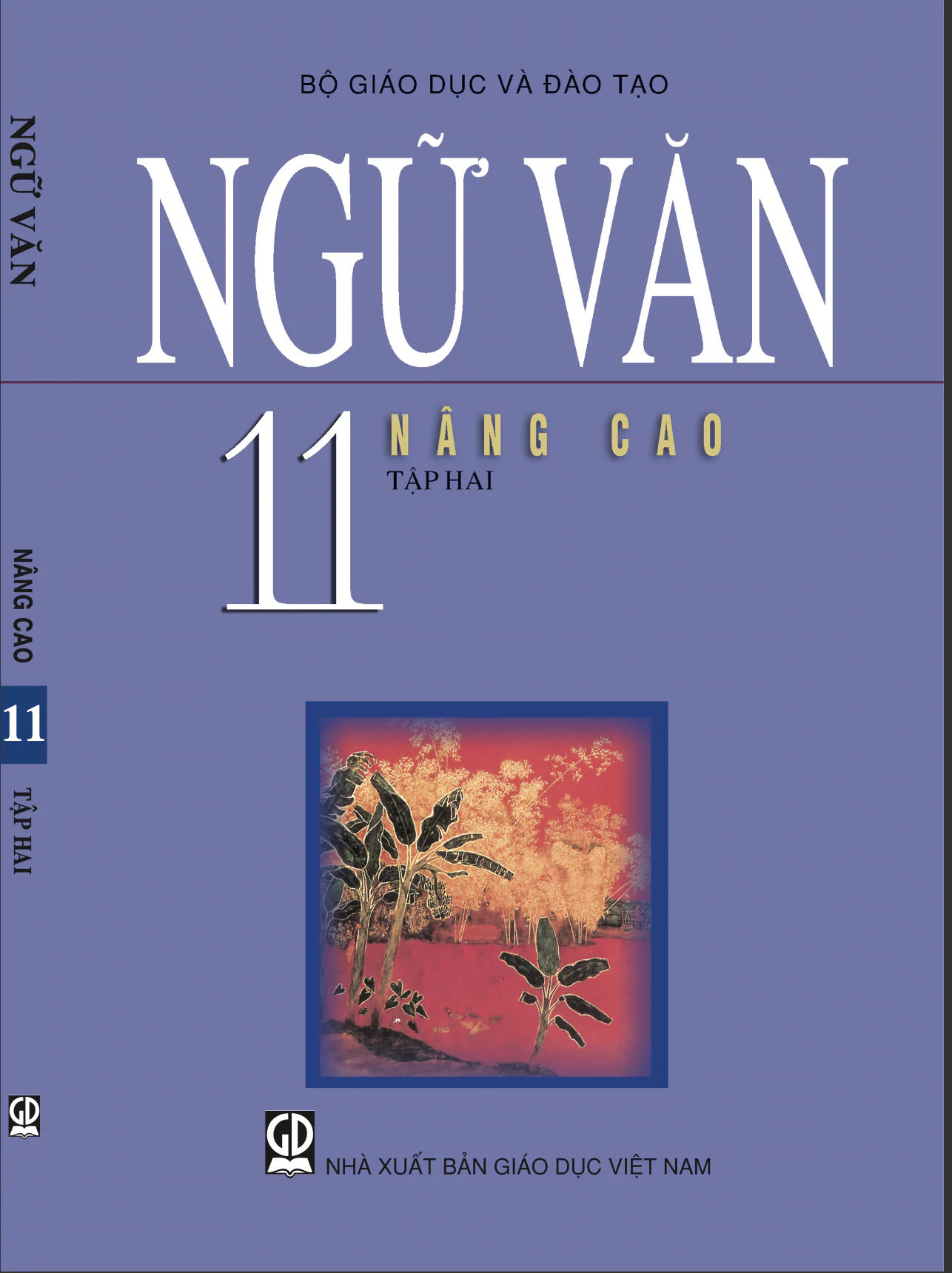
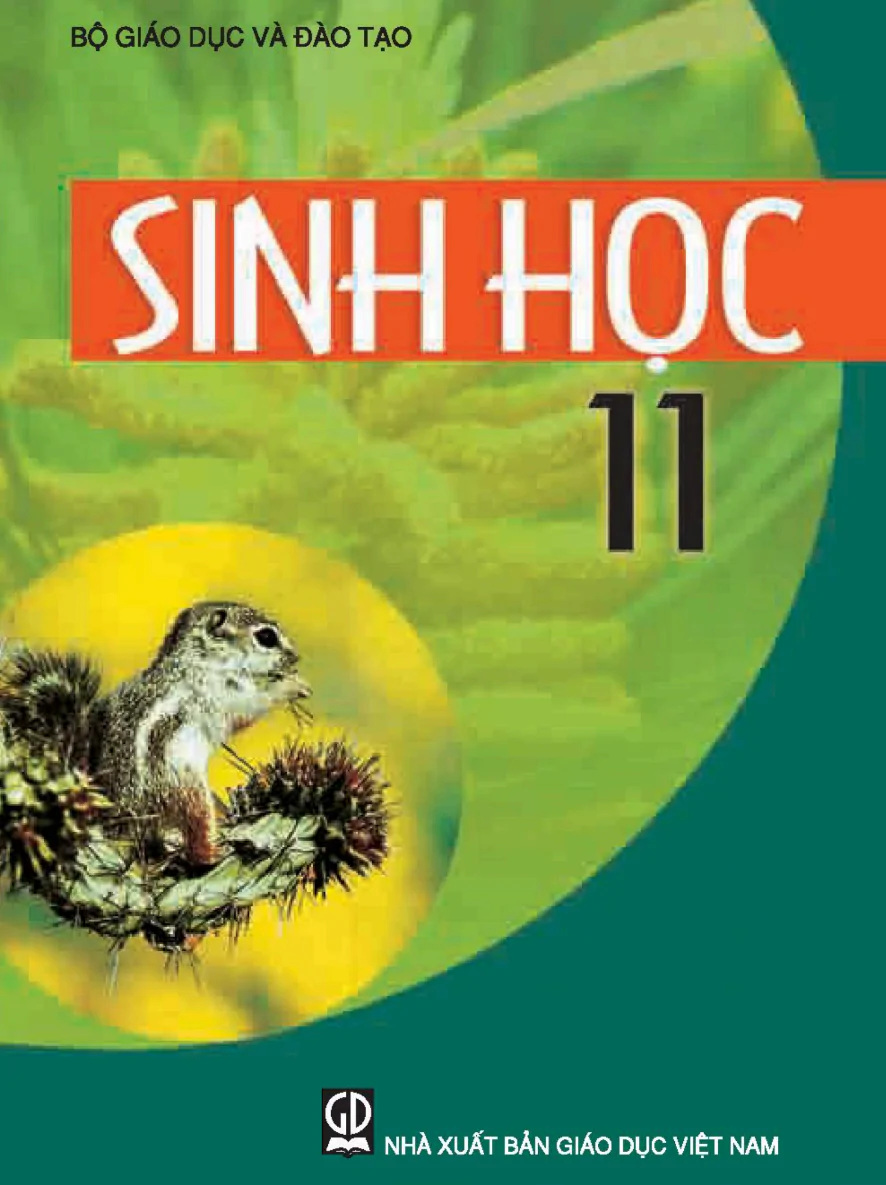

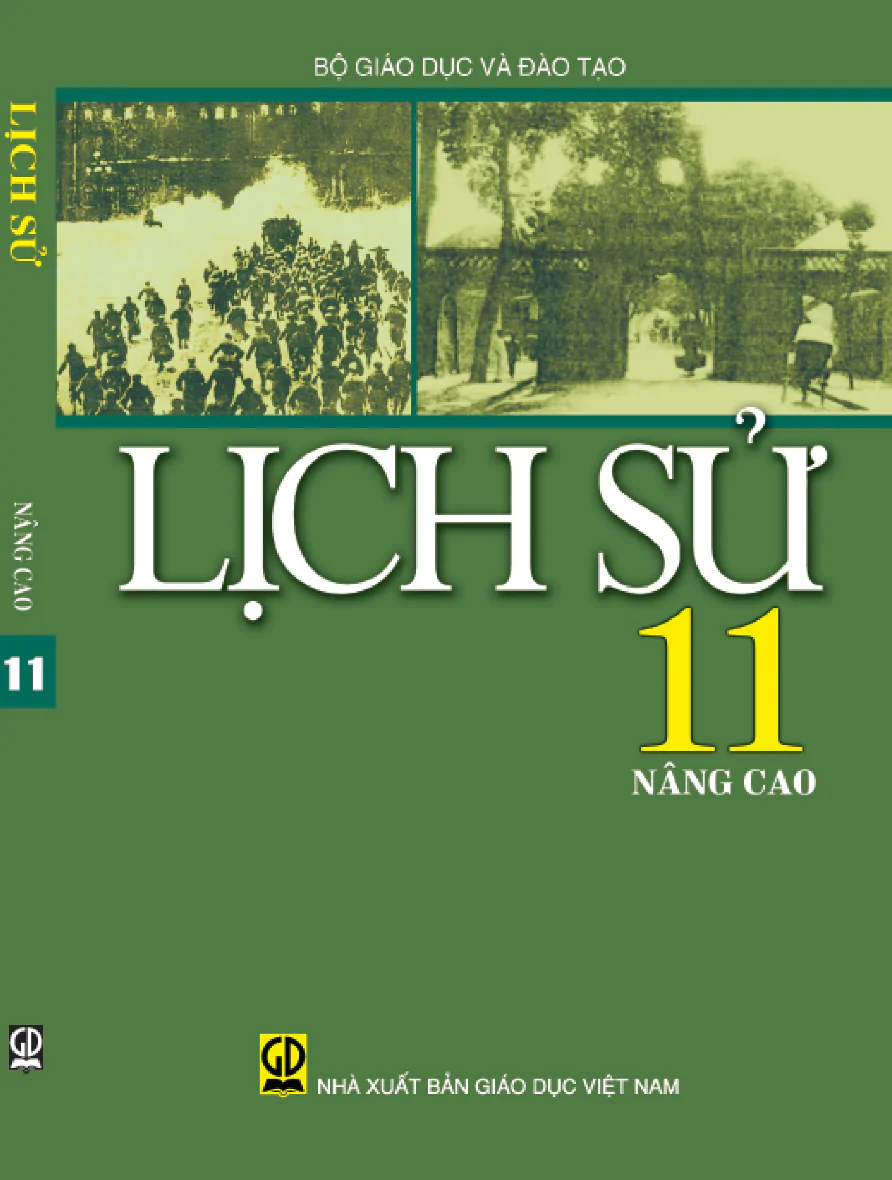
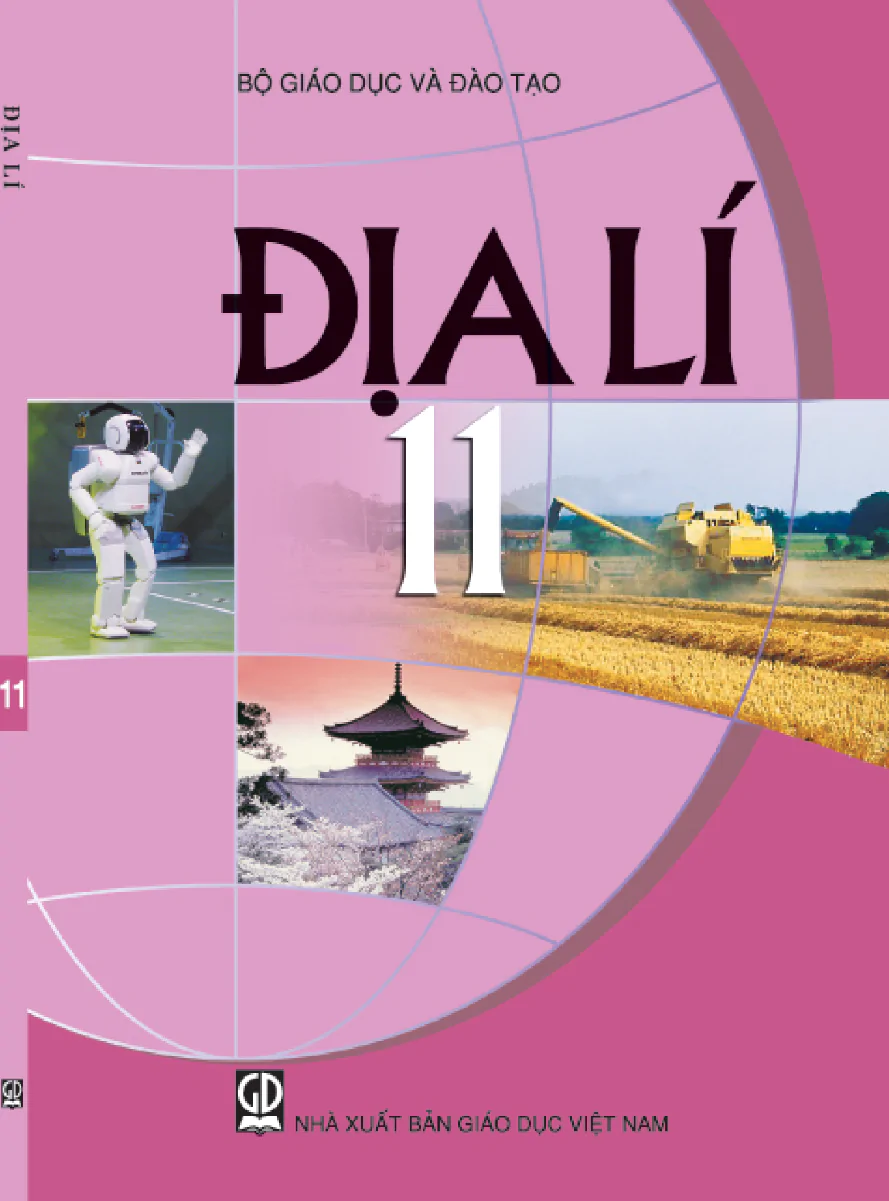
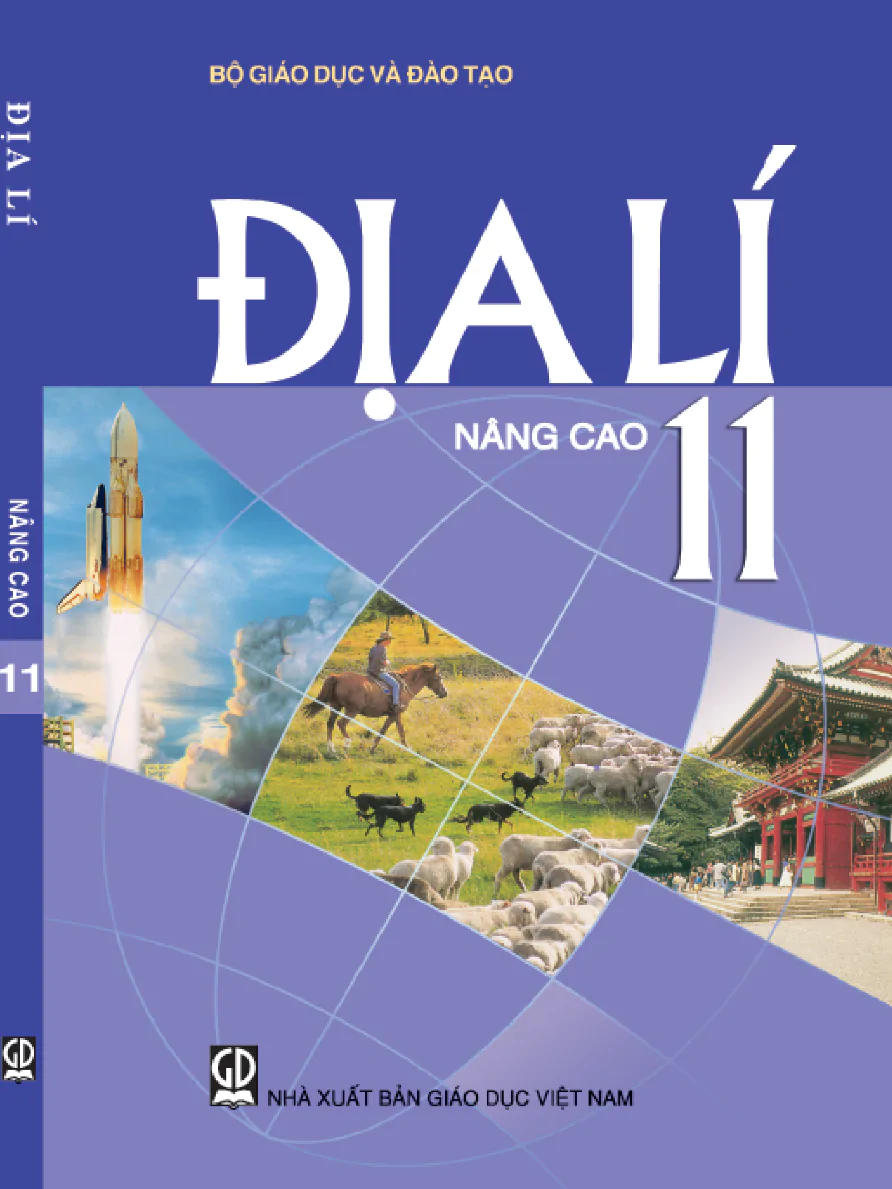
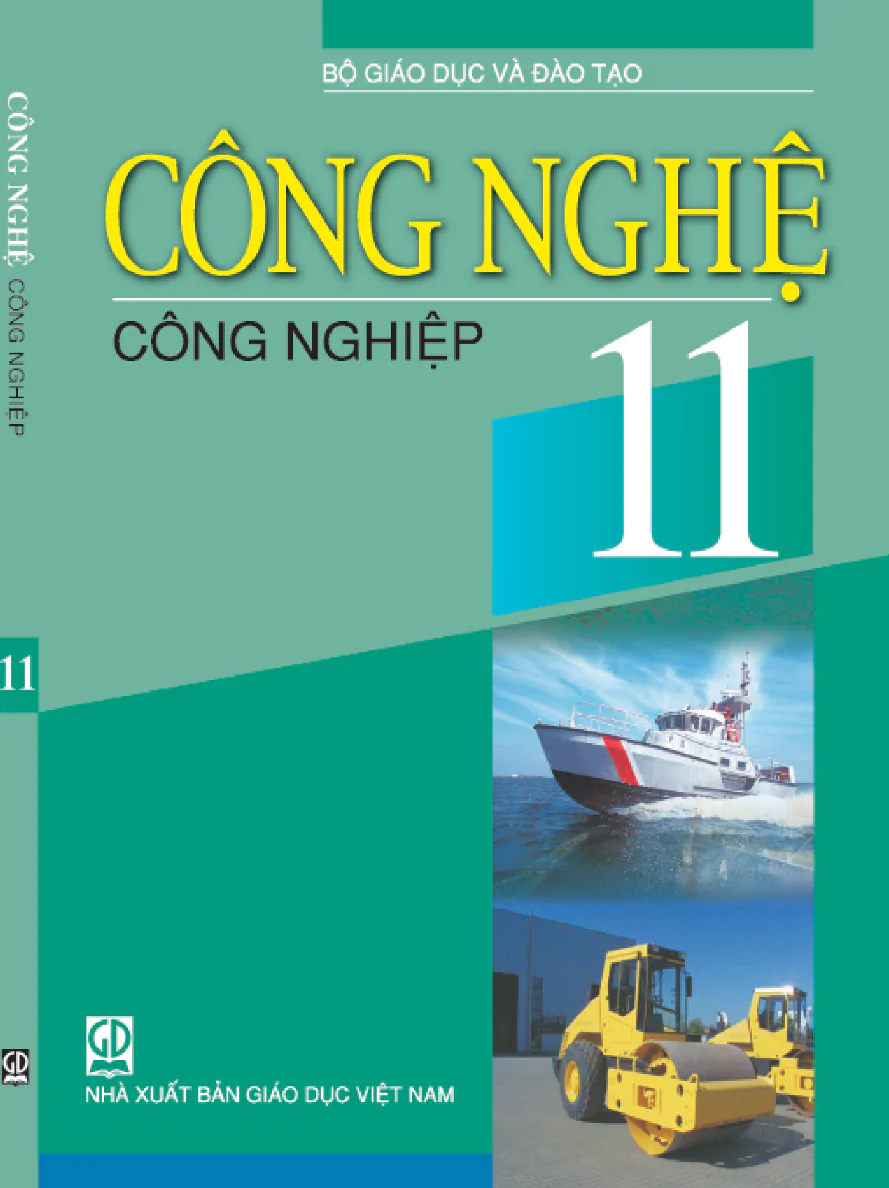
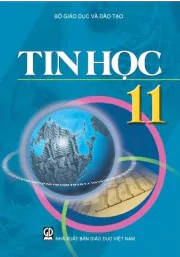
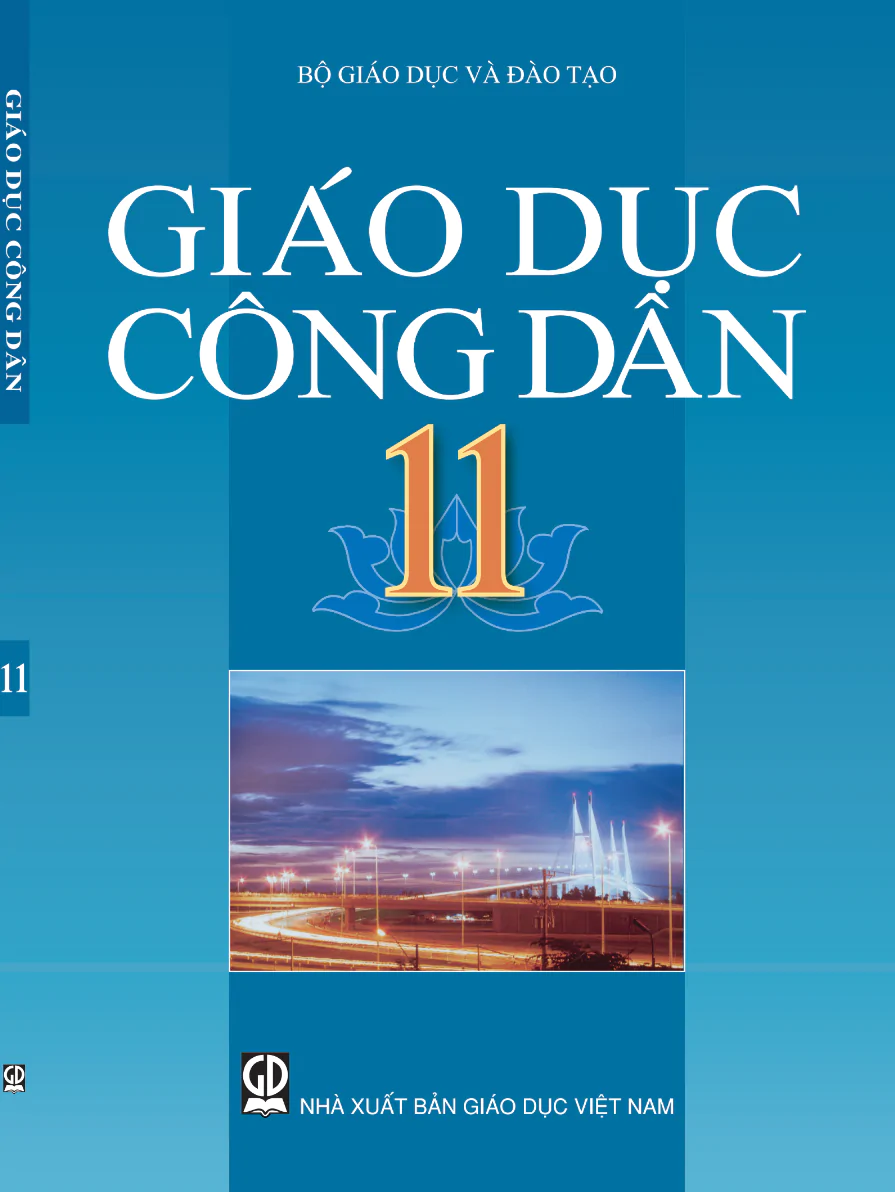


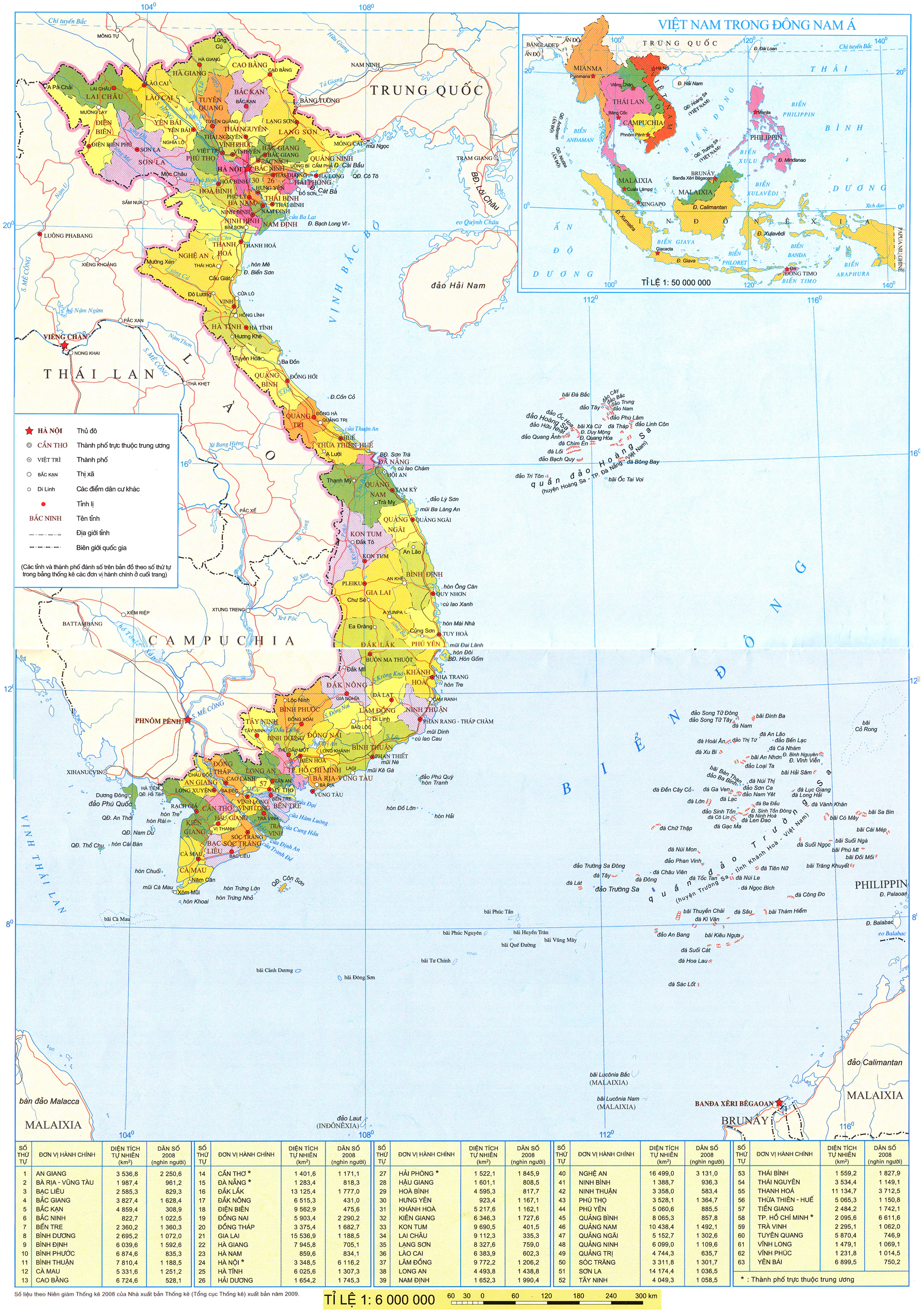
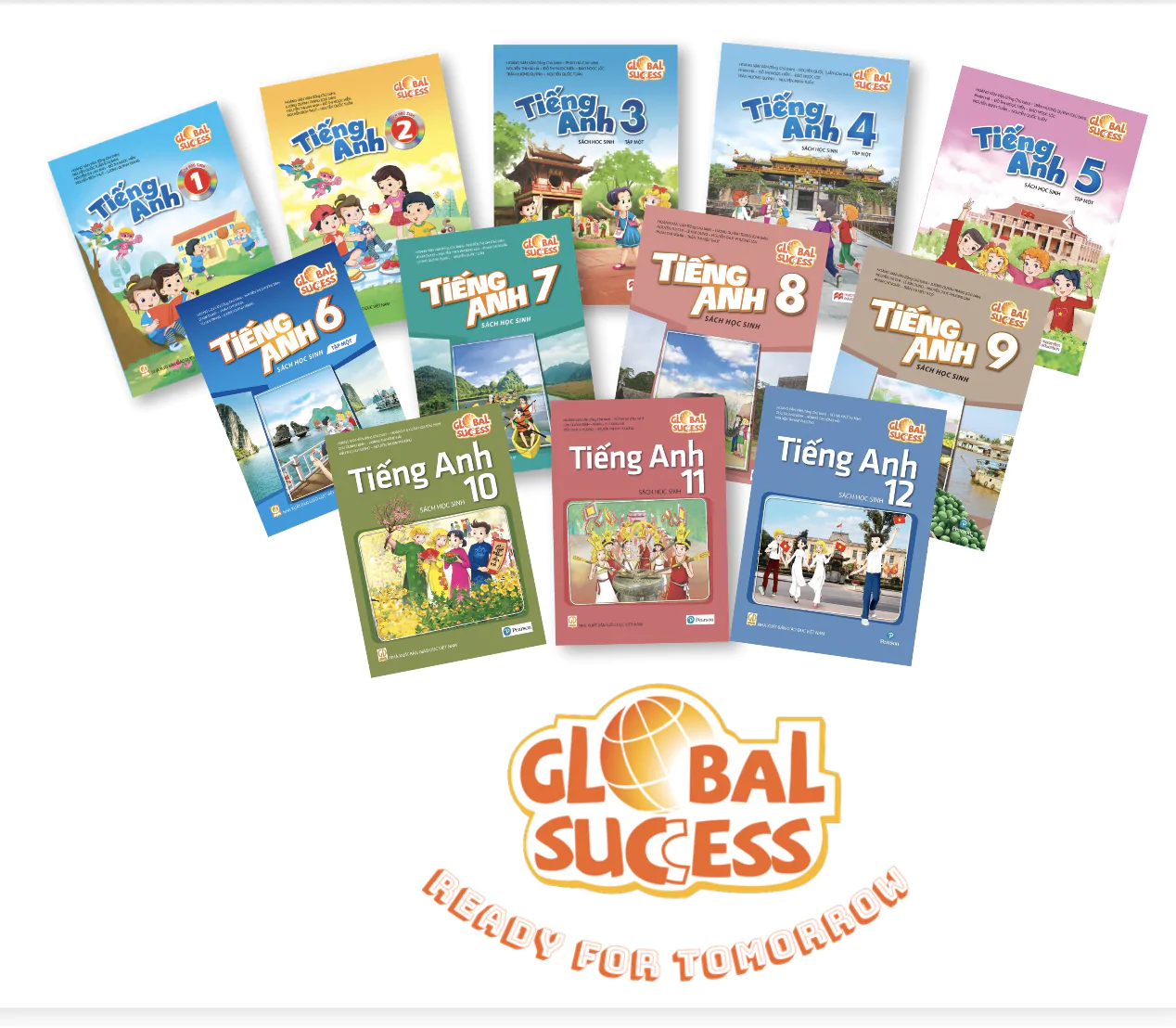
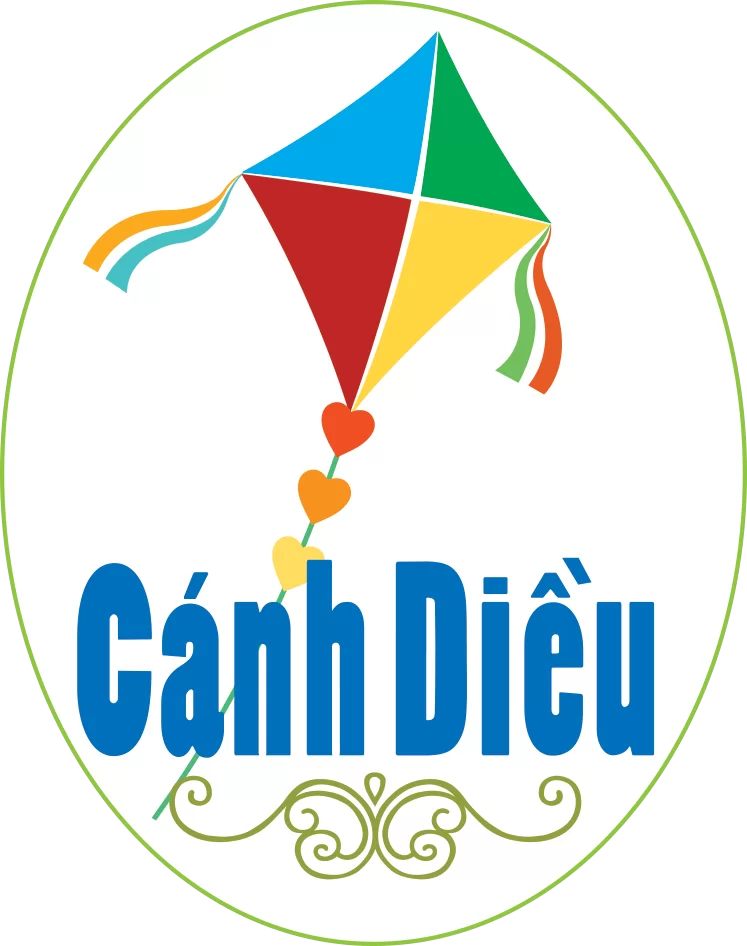













Bình Luận
Để Lại Bình Luận Của Bạn